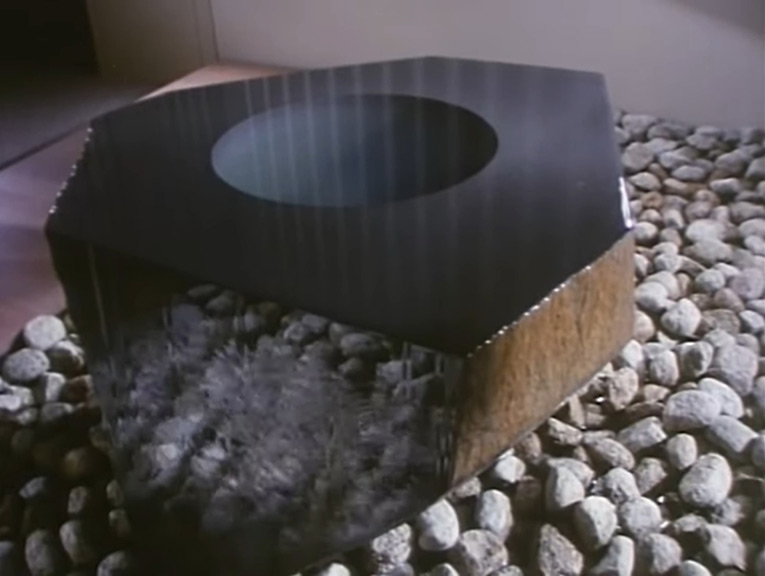When Art MET Film
The ‘From the Vault’ series, selected from over 1500 rarely-seen films from the MET’s archives, might just be the ‘new normal’ way to experience the museum in all its glory and history. And every Friday they give out the golden ticket
Team AI
For a not so small population sitting within the professional circles of fashion and art, the first Monday of every May is a special date – the Metropolitan Museum of Art in New York, together with Vogue, organises its annual gala and a fundraiser. For many of us, that was the entry point into the vast world of the MET. For many of us, the idea of one day visiting the city and taking in the museum in all its glory still holds a special place. And as is the case with many of us, 2020 seems to have cast a wet blanket over many cherished and inspired ideas. But the MET, to its credit, has risen to the challenge time and again. When it seemed like the pandemic might hinder the museum’s 150th anniversary celebrations (Yes, The Metropolitan Museum of Art tuned 150 this year!), the MET took over the online realm and made sure that the spirits of its many artists, collaborators, patrons and the millions of aspiring visitors, both local and global, were never once dampened. And just one of the ways they are doing that is by treating people with exclusive, rarely-seen films from their vaults that are being released every Friday.
The MET’s archive houses over 1500 moving pictures, starting from 1922, some of which are extremely rare and invaluable. Revolving around what is considered art in its subject matter, it is a testimony of the museum’s objective of preserving and promoting works of art from different times, creators and spaces. Keeping this in mind, the museum’s decision to create its own production house in 1922 was a radical and brave move, one that no other museum had dared to do before. They saw that preservation of information, one that would educate and nurture people’s memories, needed an extra push; and what better medium to do that than the moving pictures!
It started with the museum’s archaeological work in Egypt that was shot in the 1920s. Sanctioned by the Office of Cinema Works and the Cinema Committee, the first production was a result of cameras donated by trustee Edward S. Harkness, operated by Harry Burton, under the guidance of Albert M. Lythgoe, head of Department of Egyptian Art. This, along with a multitude of documentaries, became an important aspect of the museum and its collection that gained immense importance over the years. The subject matters ranged from the very techniques of art to artist profiles, or even simply a theme or a moment in time. The videos and movies also gave an important insight into the museum itself, its activities, its architecture and the way it has kept itself contemporary through all these years.
The Spectre: A Legend of Old New England (1925), is a seventeen-minute movie that explores the superstition and fear that was prevalent in 17th century New England. The movie explores the story of a young couple who believe that there is a supernatural figure that is keen on stealing their baby. As a 21st century viewer, one understands how fear becomes a catalyst in making people believe that such figures and spirits exist – despite the difference in time and circumstance that fear is eerily much too close to home. But the most interesting aspect of this film is the absence of dialogues. With a soundtrack by Rob Schwimmer, the movie’s tone and turns are dictated by music, and as a contemporary viewer one can recall various other films that have used the same format since. The film stands testament to how moving pictures and documentaries can gain a new life by the very soundtrack and music.
In another film, the MET explores a theme that is sure to raise many eyebrows. The feline marks an important feature in Chinese sculptures. Islamic pictures with saintly personalities allude to the story of the Prophet who cut his sleeve so as to not disturb a sleeping cat. It is an eye-catching feature in Renoir’s paintings, and a prominent subject in many Japanese paintings. In the film, curators from the museum analyse the paintings that are housed in the museum and understand the duality of the animal – leaping from a domestic being to a hunter in the wild – all the while, taking on the contemporary connotations that included the likes of Puss in Boots and the musical Cats.

The extensive collection of films, released under the umbrella series titled From the Vault brings the experience of the MET, with all its glory and history, to viewers in different parts of the world. With the annual Gala cancelled this year, the series has catered to the masses by including a film about Van Gogh’s days in the south of France, showcasing Isamu Noguchi’s sculpture Water Stone, and a living artist’s interaction with the space of the museum. And through it all, one understands the need to innovate to stay relevant and From the Vault, a visual gift like no other, is just the cherry on top!

____________________________________________________________________________________
All Images and Videos are Courtesy of the MET, New York.
Share